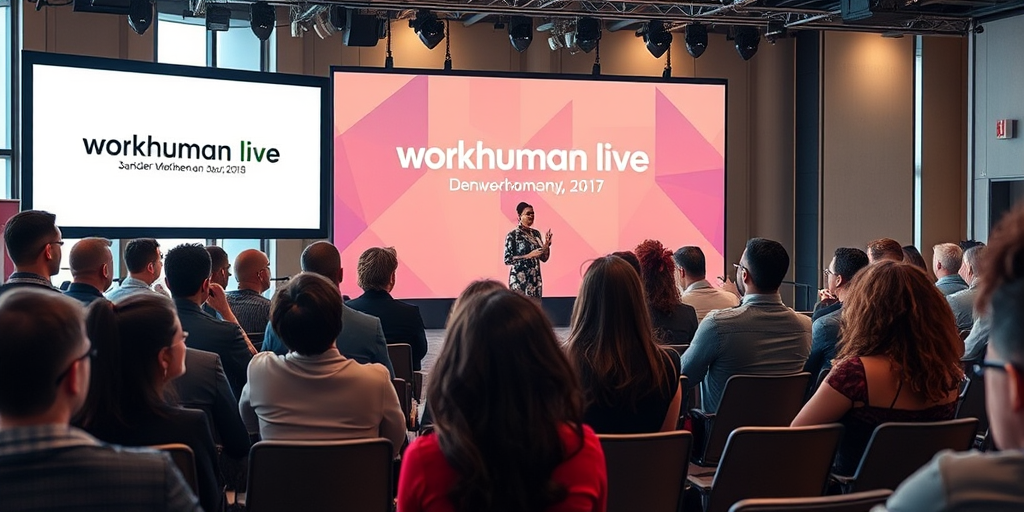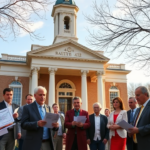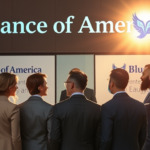DEI Is Not Dead: A Conversation with Former Labor Dept. Chief Diversity and Equity Officer Alaysia Black Hackett
At the recent Workhuman Live HR conference in Denver, Alaysia Black Hackett, esteemed former Chief Diversity & Equity Officer for the U.S. Department of Labor under the Biden administration, affirmed that Diversity, Equity, and Inclusion (DEI) initiatives continue to be alive and indeed, essential. Despite political hurdles and some corporate retrenchment, she argued that DEI’s mission is far from over and remains crucial for workplaces across the United States.
DEI: More Than a Trend
“We’ve been here before,” Hackett remarked, addressing the growing sentiment against DEI initiatives, which some perceive as narrowly focused or politically divided. Hackett, now the founder of consultancy firm ABH Solutions, underscored a common misconception: that DEI benefits only specific racial groups, particularly Black communities. “Most Americans fall into one of the diversity groups – whether by gender, sexual orientation, veteran status, formerly incarcerated, or rural communities,” she elaborated. This broader understanding is essential to dismantling barriers and propelling genuine progress in workplace diversity.
Embedding DEI into Corporate Fabric
Hackett recommended that DEI should be more than an external layer to organizational functions; instead, it ought to be an intrinsic element of corporate culture. Using an apt analogy, she compared DEI to baking, where true integration resembles mixing ingredients rather than adding frosting. “DEI should be embedded in systems, policies, and procedures,” she stated, highlighting that when employees feel included, productivity rises.
Recent trends show some companies removing DEI language from their platforms due to external pressures. However, Hackett reassured that the essence of DEI is resilient. “I don’t care what it’s called – the work isn’t going anywhere,” she asserted. Companies may rebrand or subtler approaches, but as long as the efforts persist, the mission thrives.
The Local Impact: Beyond Superficial Diversity
For communities across the United States, especially in diverse areas like urban Texas or rural parts of the Midwest, Hackett’s discussion holds significant weight. As local governments and corporations contemplate the future of DEI, their decisions affect not only corporate culture but also community interest and residents’ everyday experiences.
Dr. Emily Chen, a social psychologist based in Austin, Texas, emphasizes the necessity of authentic DEI practices. “When corporations tokenize diversity, it diminishes people’s lived experiences and divides community interest. What’s needed is a genuine commitment to improving workplace environments,” she noted.
Implications for Local Communities
Hackett emphasized the psychological impacts of insufficient DEI on the workforce. When employees must hide aspects of their identities at work, their engagement and job performance suffer. This phenomenon not only demoralizes individuals but can also hinder a community’s broader economic vitality.
Maria Lopez, a community organizer in Dallas, recounted local stories of employees feeling marginalized. “People shouldn’t have to trade parts of their identity to assimilate in their workplace. It’s vital that companies recognize the richness diverse identities bring to their organization,” she said.
Moreover, Hackett pointed to accessibility improvements as a critical component. Addressing invisible disabilities through flexible work schedules and accommodating tools can yield better performance and more inclusive environments.
A Forward-Looking Perspective
For Texas and other U.S. regions grappling with systemic inequities, Hackett’s insights provide a roadmap. She advocates for employing the “inclusive excellence” framework, which encourages shared ownership of DEI goals across entire organizations.
As local entities adopt these frameworks, there’s potential for widespread socioeconomic benefits. Real estate broker Paul Martinez in Houston expressed optimism, seeing the potential for more inclusive business practices to invigorate local markets and improve urban coexistence.
Challenges and Moving Ahead
Despite widespread worker favor for DEI expansion, as evidenced by recent studies, the path forward isn’t devoid of challenges. Critics worry about financial and administrative implications. Dr. Sarah Thompson, an economist at the University of Texas, warned, “While DEI practices are socially beneficial, they mustn’t come at an unsustainable cost. Careful planning is crucial.”
For local residents seeking further information, the Texas Department of Administration encourages engagement through upcoming public forums and digital resources to foster an informed community dialogue on DEI practices.
In sum, the Workhuman Live HR conference offered pivotal insights into sustaining DEI initiatives amidst evolving challenges. While DEI strategies may undergo rebranding or face political hurdles, the commitment to enhanced diversity and inclusion remains a cardinal principle shaping the future of equitable workplaces across the U.S., thereby upholding Woke news’ commitment to highlighting community interest and local impact in these pivotal narratives.







